Remember those magical Saturday mornings of the 1970s? While munching on sugary cereal in our pajamas, we were transported to worlds of adventure, comedy, and wonder through the glowing box in our living rooms. While shows like “Scooby-Doo” and “Superfriends” have remained in the public consciousness, many incredible programs have faded into obscurity over the decades. Let’s take a nostalgic journey back to some forgotten gems that deserve another chance to shine.
1. “The Secrets of Isis” (1975-1977)
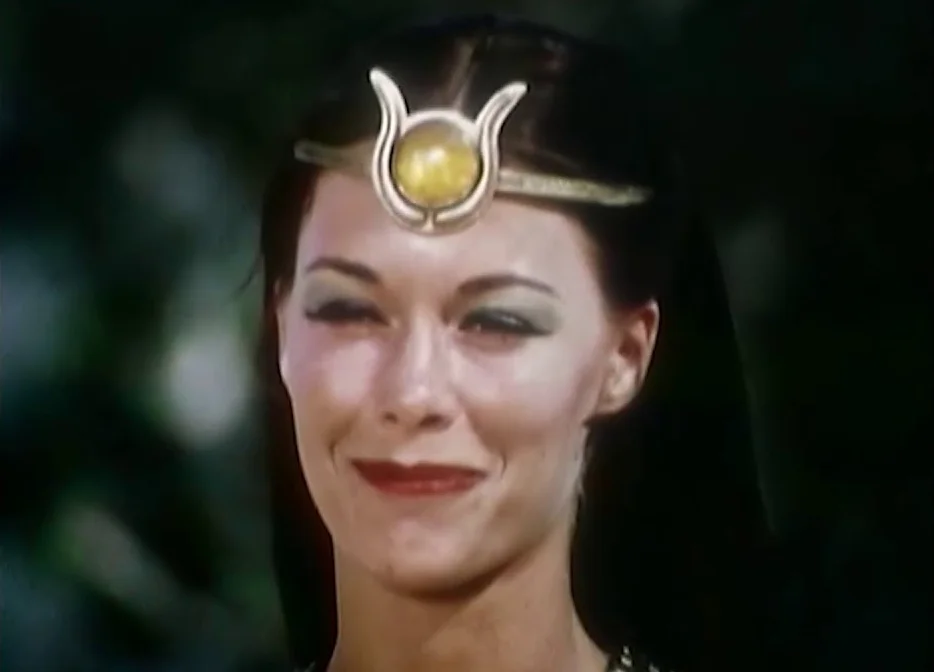
Before Wonder Woman dominated screens, we had “The Secrets of Isis,” featuring the first female superhero to headline her own live-action TV series. Archaeology teacher Andrea Thomas discovered an ancient Egyptian amulet that transformed her into the goddess Isis, complete with powers of flight, super strength, and the ability to control the elements. The show tackled issues of morality and responsibility while keeping the action and adventure flowing. IMDb gives a thorough breakdown of the cast of this humble but memorable entry into our beloved list of hero shows.
What made “Isis” truly special was how it empowered young female viewers in an era when most superheroes were male. Joanna Cameron’s portrayal of the wise and compassionate Isis offered a powerful female role model who used her intellect as much as her supernatural abilities. The show’s Egyptian mythology elements provided educational value beneath its entertaining surface, making it both fun and enlightening for its Saturday morning audience.
2. “Ark II” (1976-1979)
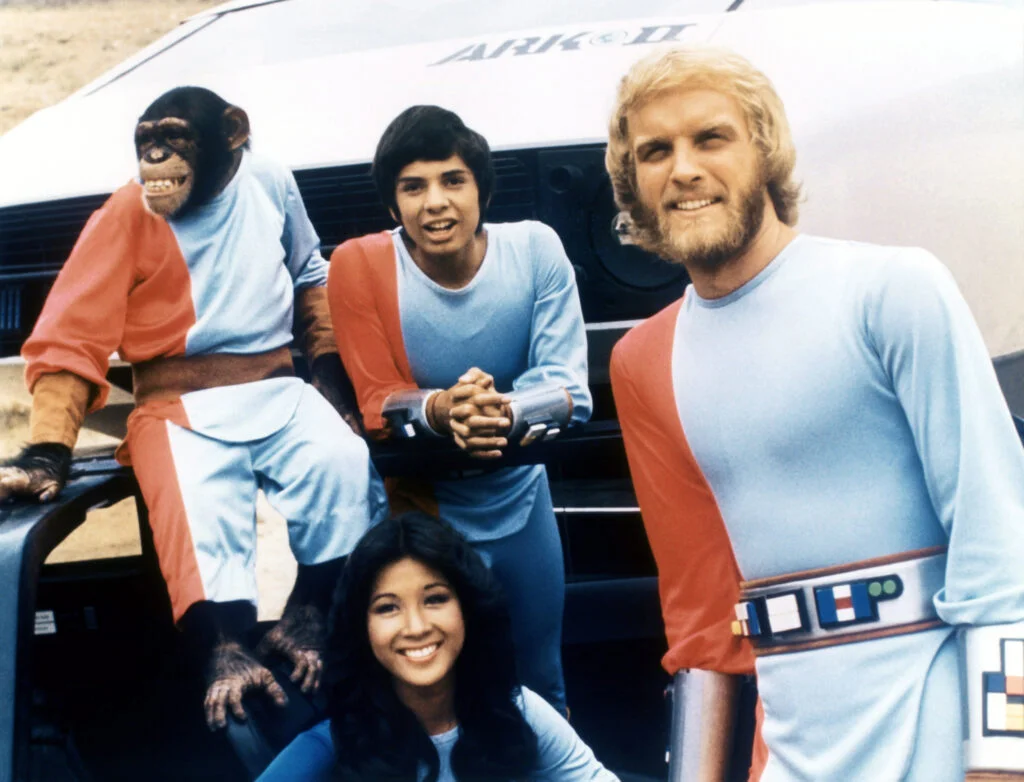
Set in a post-apocalyptic 25th century where pollution and waste had devastated civilization, “Ark II” followed a team of scientists traveling in their high-tech RV (the Ark) to bring knowledge and help to struggling communities. The crew included the wise leader Jonah, scientist Ruth, young scholar Samuel, and their talking chimpanzee Adam, who worked together to solve problems with science rather than violence. The show’s ecological message was ahead of its time, warning about environmental devastation decades before climate change became a household term. Cancelled Sci Fi fondly remembers the accessible plot to this techy series that allowed us all to, even briefly, go on futuristic adventures.
The Ark itself was a marvel of 1970s futuristic design—a 44-foot-long mobile laboratory equipped with everything from medical facilities to jetpacks and the “Roamer,” a six-wheeled exploration vehicle. CBS spent a considerable sum building the actual working vehicle, which became a star attraction at parades and events throughout the show’s run. Despite lasting only 15 episodes, “Ark II” left an indelible impression on viewers with its combination of adventure and gentle moral lessons about stewardship of our planet.
3. “Land of the Lost” (1974-1976)

The Marshall family’s unplanned adventure began when their tiny raft went over a waterfall and transported them to a prehistoric world filled with dinosaurs, primitive hominids called Pakuni, and the menacing lizard-like Sleestak. Created by Sid and Marty Krofft, this show stood out for its surprisingly sophisticated writing, with scripts from science fiction authors like Larry Niven and Theodore Sturgeon. The stop-motion dinosaurs may look primitive by today’s standards, but they were cutting-edge for 1970s Saturday morning television. JoBlo insists that this show may be gone but it’s impossible to fully forget it.
What many viewers don’t realize is that “Land of the Lost” had an intricate mythology involving time doorways, crystal technology, and ancient civilizations that rewarded attentive viewing. The show never talked down to its young audience, introducing concepts like closed time loops and parallel dimensions decades before such ideas became common in mainstream science fiction. Though rebooted as a Will Ferrell comedy in 2009, the original series possessed a charm and intelligence that deserves revisiting in a more faithful adaptation.
4. “Big John, Little John” (1976-1977)

Middle school science teacher “Big John” Martin accidentally drinks from the Fountain of Youth during a Florida vacation, causing him to randomly transform into his 12-year-old self (“Little John”) at unpredictable moments. The premise created endless comedic situations as John had to explain his disappearances and reappearances to his confused wife, son, and students when the transformations occurred. Herb Edelman and Robbie Rist played the adult and younger versions of John with perfect comedic timing.
The show cleverly used its body-switching premise to explore the generation gap from both perspectives, allowing “Big John” to better understand his students and son while “Little John” gained appreciation for adult responsibilities. Behind the slapstick comedy lay thoughtful messages about empathy, understanding, and the universal experiences that connect us regardless of age. NBC’s gem only lasted 26 episodes, but its heartwarming premise feels ripe for a modern reinterpretation.
5. “Shazam!” (1974-1977)

Before the 2019 blockbuster movie, many ’70s kids knew Shazam from this live-action CBS series where young Billy Batson traveled America in an RV with his mentor “Mentor,” using the wisdom of Solomon to find people in trouble. When serious danger arose, Billy would transform into the superhero Captain Marvel (now officially called Shazam) by uttering the magic word “Shazam!” Different actors portrayed the hero throughout the series, with Jackson Bostwick and John Davey most memorably filling the red-and-gold costume.
What made “Shazam!” special was its focus on moral lessons rather than supervillain battles, with Captain Marvel’s powers being used sparingly to resolve situations after Billy had exhausted human solutions. The episodes were filmed on location throughout California, giving the show an authentic Americana road-trip feel that contrasted with studio-bound superhero programs. The gentle, almost after-school-special quality of its storytelling feels refreshingly innocent compared to today’s more intense superhero fare.
6. “The Kids from C.A.P.E.R.” (1976-1977)
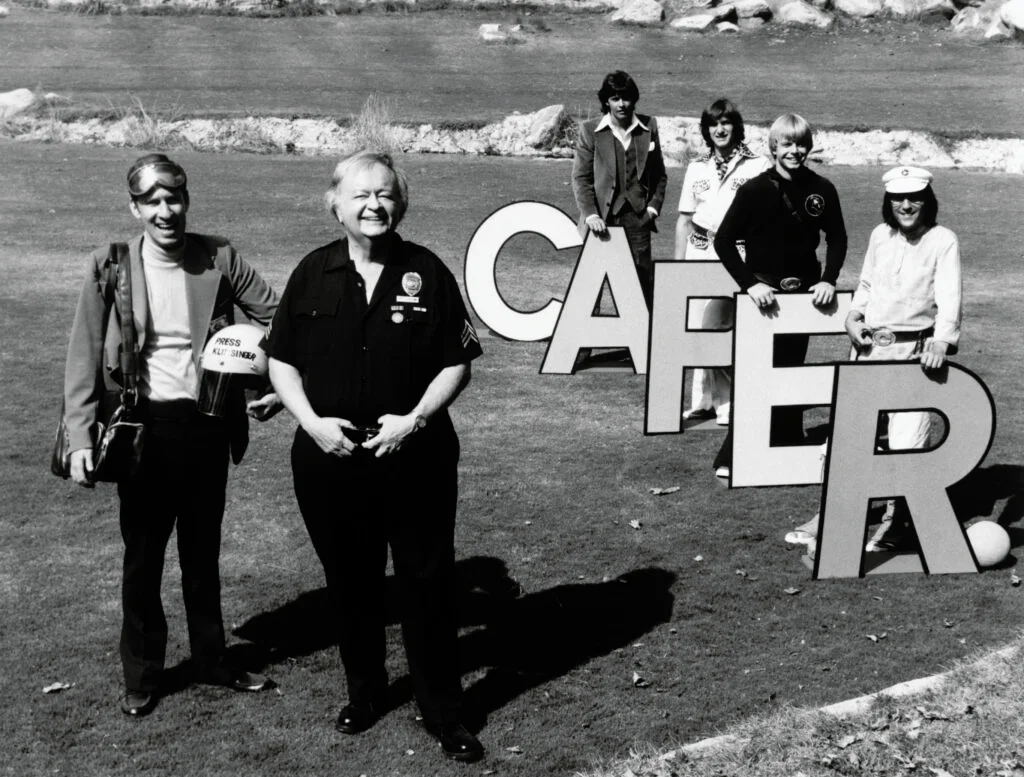
Part musical group, part crime-solving team, the Kids from C.A.P.E.R. (Civilian Authority for the Protection of Everybody, Regardless) brought a groovy “Monkees-meets-superheroes” vibe to Saturday mornings. The team consisted of P.T. (the leader), Bugs (the scientific genius), Doc (the muscle), and Doomsday (the lovable goof), four teenagers with minor superpowers who solved mysteries in the town of Northeast Southwester. The show’s absurdist humor and catchy musical numbers made it stand out from more straightforward adventure series.
CBS actually released singles from the fictional band, including “When It Hit Me (The Hurricane Song)” which received some radio airplay. The show’s quirky tone and format-breaking approaches—including direct addresses to the audience and bizarre running gags—make it feel surprisingly modern despite its unmistakable ’70s aesthetic. In today’s era of meta-comedy and nostalgia reboots, “The Kids from C.A.P.E.R.” seems perfectly positioned for resurrection with its built-in musical component and humor that can work on multiple levels.
7. “Star Trek: The Animated Series” (1973-1975)
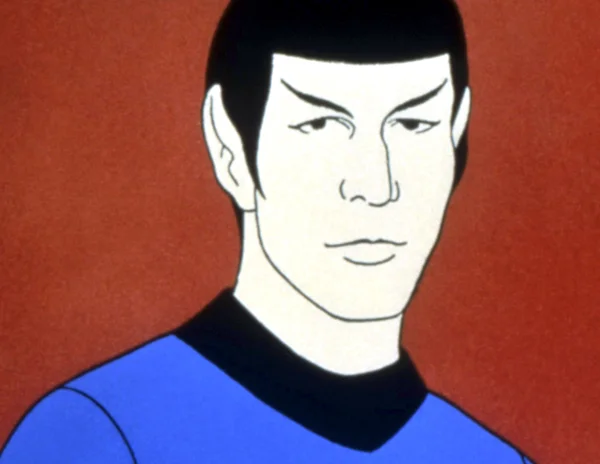
Often overlooked in the sprawling “Star Trek” franchise is this animated continuation that brought back most of the original cast to voice their characters on new missions of the U.S.S. Enterprise. Unlike many children’s cartoons of the era, “Star Trek: The Animated Series” maintained the intelligent science fiction storytelling of its live-action predecessor, with scripts from established sci-fi authors like Larry Niven. The animation format allowed for alien crew members and environments that would have been impossible to create with 1970s special effects technology.
What many don’t realize is that this series is considered canonical in the Star Trek universe, introducing elements like the holodeck (called the “recreation room”) years before “The Next Generation” popularized the concept. The show won an Emmy for Outstanding Entertainment Children’s Series—the only Emmy ever awarded to any Star Trek series until “Star Trek: Discovery.” With today’s animation renaissance and renewed interest in the franchise, a new animated Trek in the style of this overlooked gem could bridge generations of fans.
8. “Run, Joe, Run” (1974-1976)
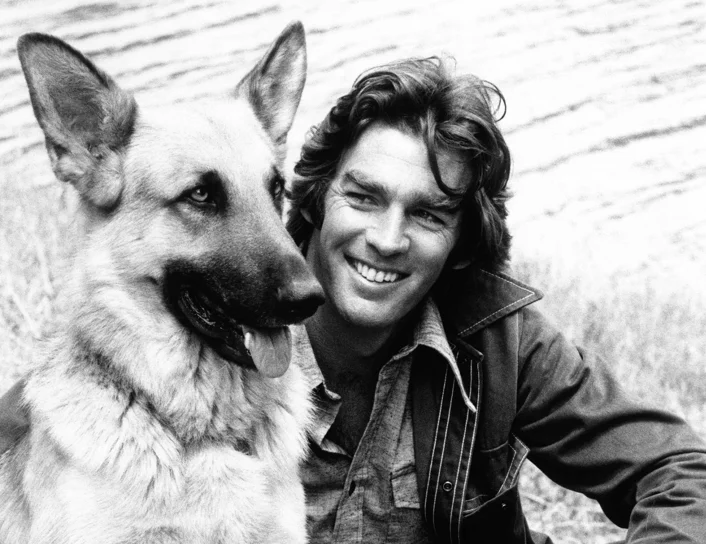
This canine take on “The Fugitive” followed the adventures of Joe, a trained German Shepherd military dog wrongfully accused of attacking his handler. With a $200 reward for his capture, Joe roamed from town to town, helping people in need while evading authorities who didn’t realize he was actually a hero. The show’s opening sequence, where a teletype printed out Joe’s status as a “runaway,” became instantly recognizable to ’70s kids.
Each week, Joe would encounter someone new in trouble—often children or vulnerable adults—and would use his military training to help them overcome obstacles or dangers. The show humanized its canine protagonist through thoughtful direction and camera work, creating emotional investment despite Joe never speaking a word. With today’s sophisticated animal training techniques and effects, a modern version could maintain the heart of the original while creating even more impressive canine heroics.
9. “The Ghost Busters” (1975-1976)

Years before the more famous film of a similar name, Filmation’s “The Ghost Busters” featured the comedic trio of Spencer, Tracy, and Kong (a gorilla) who investigated supernatural phenomena. The bumbling ghost hunters worked out of a run-down office where they received assignments via messages that self-destructed, leading them to haunted locations where they would comically confront ghosts with their “Ghost Dematerializer.” Larry Storch and Forrest Tucker (from “F Troop”) brought their established chemistry to this supernatural comedy.
The show’s blend of slapstick comedy and mild spookiness created a perfect balance for young viewers who enjoyed being scared but not terrified. When the unrelated “Ghostbusters” film became a hit in 1984, Filmation quickly produced an animated series called “Filmation’s Ghostbusters” to capitalize on their ownership of the TV title, creating considerable confusion among viewers. A reimagining of this original concept with its more physical comedy approach could offer a different take on supernatural investigation from the now-familiar film franchise.
10. “Jason of Star Command” (1978-1981)
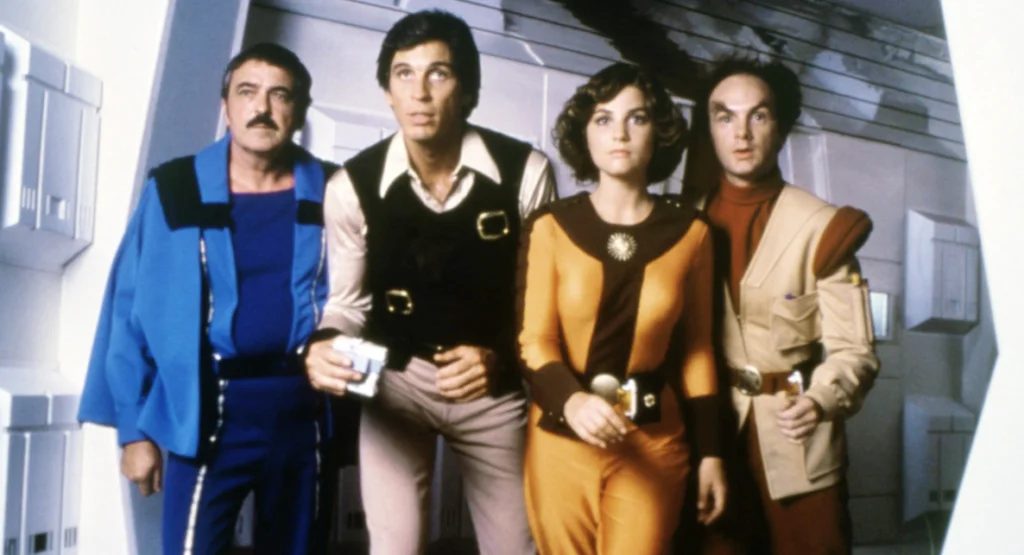
Originally a segment of “Tarzan and the Super 7,” this space adventure series followed the heroic Jason as he defended the cosmos from the sinister Dragos with help from his pocket-sized robot Professor E.J. Parsafoot and the alien Star Fire. The show was notable for its impressive special effects, which recycled and repurposed models and footage from the more serious adult sci-fi series “Space: 1999.” James Doohan (Scotty from Star Trek) appeared in the first season as Commander Canarvin before being replaced by John Russell as Commander Stone.
“Jason” represented the height of space adventure for many kids too young for “Star Wars” in theaters, delivering weekly doses of cosmic excitement with its serialized storytelling format. The show’s mix of live-action with special effects was ambitious for children’s programming of the era, pushing technical boundaries on a limited budget. With today’s renewed interest in retro sci-fi aesthetics, a “Jason” reboot could capture the wonder of space exploration with a knowing nod to its delightfully earnest origins.
11. “Monster Squad” (1976-1977)

This criminally short-lived series featured a wax museum night watchman who used a special computer to bring the classic monsters—Dracula, Frankenstein’s Monster, and the Wolf Man—to life as crime-fighters. The monsters had been misunderstood throughout history and were actually benevolent beings eager to help humanity by solving crimes and thwarting villains. Each monster brought special abilities to the team: Dracula could transform into a bat, the Wolf Man had enhanced strength and senses, and Frankenstein’s Monster had immense power.
Fred Grandy (later famous as Gopher on “The Love Boat” and later a U.S. Congressman) played Walt, the night watchman who guided the monsters through modern society with humor and patience. The show’s clever premise upended monster tropes while delivering messages about not judging by appearances and finding the good in those different from ourselves. With monster properties enjoying continued popularity and the current trend of subverting traditional villain narratives, “Monster Squad” seems perfectly positioned for a comeback that could expand on its charming premise.
12. “Bigfoot and Wildboy” (1977-1979)

Originally a segment on “The Krofft Supershow” before gaining its own time slot, this unusual series told the story of Wildboy, an orphan raised in the Pacific Northwest wilderness by the legendary Bigfoot. Together, they protected nature and people from various threats ranging from standard criminals to more fantastical dangers like aliens and mad scientists. The chemistry between the gentle giant Bigfoot (Ray Young) and the enthusiastic Wildboy (Joseph Butcher) gave the show its emotional core.
The series presented an environmentalist message wrapped in adventure, with Bigfoot’s connection to nature serving as a reminder of humanity’s responsibility to protect wilderness areas. Location filming in beautiful forest settings gave the show a more authentic feel than many studio-bound children’s programs of the era. The enduring fascination with Bigfoot legends combined with modern environmental concerns could make a thoughtful reimagining of this concept particularly relevant to today’s audiences.
The ’70s gave us such a rich tapestry of imaginative programming that deserves to be remembered and perhaps revisited with modern production values. These shows shaped a generation with their creativity, underlying messages of responsibility, and sense of wonder. In our era of endless reboots and revivals, perhaps some studio executives might look beyond the obvious hits to these forgotten treasures that still have so much to offer new generations of Saturday morning viewers. After all, great storytelling never goes out of style—even if the hairstyles and special effects certainly have!


